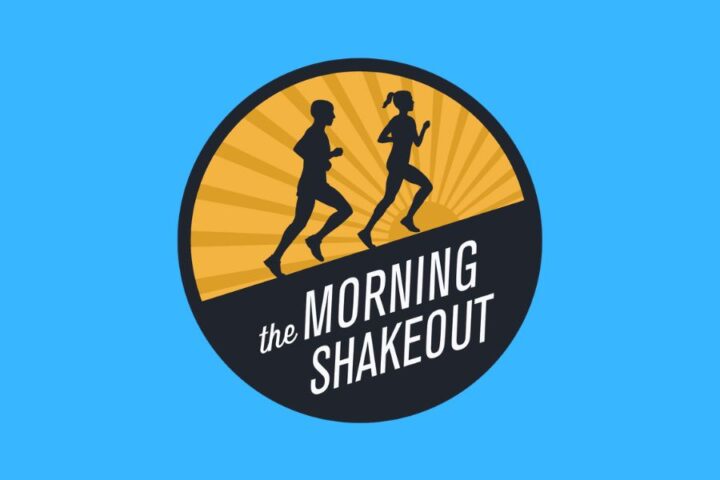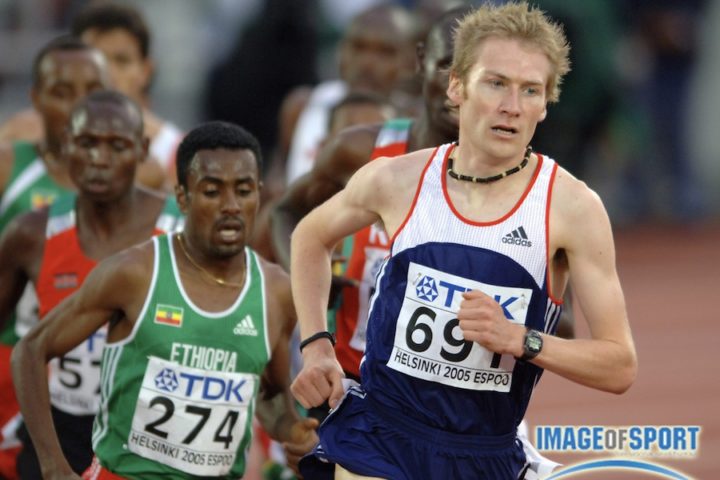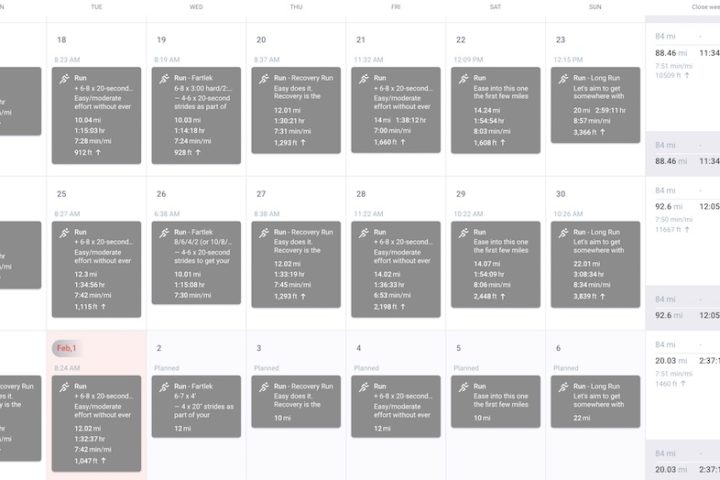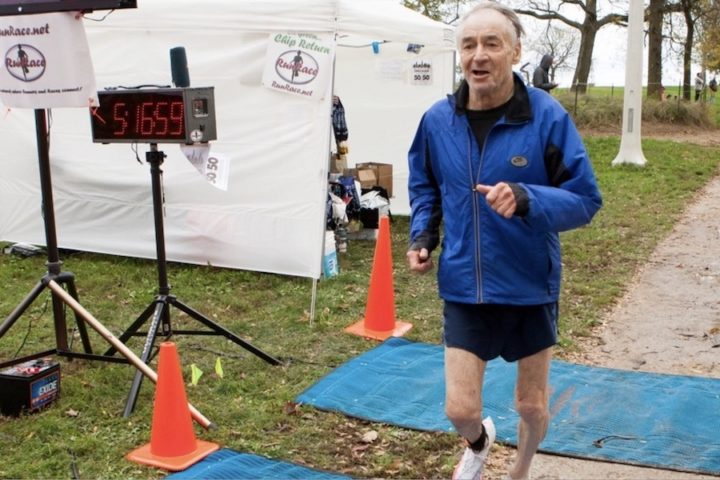Normalize Rest Days on Strava
You can log virtually any and all manner of activity on Strava, from running to cycling to swimming to weight training to walking to the mailbox and back to yoga to canoeing to kite-surfing, and even badminton, for crissakes. But you cannot log a rest day—at least not intuitively or “officially,” anyway. But rest is an important part of training, right? I believe so, as does any experienced coach or athlete worth their salt.




